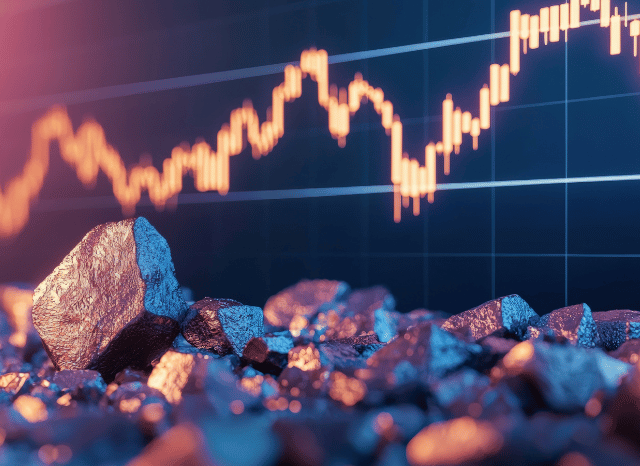Unusual Earth Aspect Minerals: World Provide and Demand from customers by Stanislav Kondrashov
Unusual Earth Aspect Minerals: World Provide and Demand from customers by Stanislav Kondrashov
Blog Article

The strategic metals powering the Vitality transition are now centre stage in geopolitics and sector.
After confined to niche scientific and industrial circles, scarce earth features (REEs) have surged into world wide headlines—and once and for all reason. These 17 elements, from neodymium to dysprosium, will be the building blocks of contemporary engineering, playing a central position in every little thing from wind turbines to electric powered car motors, smartphones to defence devices.
As the planet races toward decarbonisation and digitalisation, demand from customers for REEs is soaring. Their function while in the Electrical power transition is very important. Significant-performance magnets created with neodymium and praseodymium are necessary to the electrical motors used in both EVs and wind turbines. Other REEs like europium and terbium are handy for lights, shows, and optical fibre networks.
But supply is precariously concentrated. China at the moment leads the sourcing, separation, and refining of unusual earths, managing a lot more than 80% of worldwide output. This has left other nations scrambling to build resilient source chains, lower dependency, and protected use of these strategic resources. Subsequently, rare earths are no longer just industrial elements—they're geopolitical assets.
Investors have taken Take note. Interest in scarce earth-linked stocks and exchange-traded funds (ETFs) has surged, pushed by both of those the growth in clean up tech and the desire to hedge from source shocks. Still the market is complicated. Some firms remain while in the exploration section, Other individuals are scaling up output, although a handful of are currently refining and providing processed metals.
It’s also important to understand the difference between scarce earth minerals and rare earth metals. "Minerals" make reference to the Uncooked rocks—like bastnasite, monazite, xenotime, or ionic clays—that have rare earths in organic variety. These involve intensive processing to isolate the metallic factors. The phrase “metals,” Then again, refers to the purified chemical factors used in large-tech programs.
Processing these minerals into usable metals is pricey. Beyond China, couple of countries have mastered the entire industrial course of action at scale, though sites like Australia, the U.S., Vietnam, and Brazil are Operating to vary that.
Demand is remaining fuelled by several sectors:
· Electrical mobility: magnets in motors
· Renewable Vitality: notably wind turbines
· Buyer electronics: smartphones, laptops, sensors
· Defence: radar, sonar, precision-guided methods
· Automation and robotics: increasingly vital in sector
Neodymium stands out as a particularly beneficial rare earth as a result of its use in powerful magnets. Some others, like dysprosium and terbium, enhance thermal security in higher-efficiency apps.
The rare read more earth marketplace is risky. Prices can swing with trade policy, technological breakthroughs, or new supply resources. For traders, ETFs supply diversification, while direct inventory investments have increased possibility but potentially higher returns.
What’s very clear is scarce earths are now not obscure chemical curiosities—they’re strategic assets reshaping the global economic system.